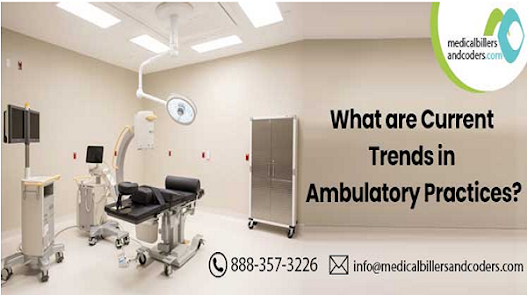Durable Medical Equipment (DME) Billing: Steps to Follow

Durable Medical Equipment (DME) Billing is different from the other medical billing and coding for the specialties. Unlike the other coders and billers who work on DME need specialized training to deal with different medical situations and equipment that require different types of modifiers as requested. DME billers need specialized in-depth, specialized knowledge of different types of HCPCS Level 2 codes. Let’s understand the procedures of coding that can be implemented to make the billing process more effective: ICD-9 codes are 3-5 digits in length and speak to the patient’s conclusion CPT restorative charging codes are in fact HCPCS Level I codes. They are 5 digits in length and speak to the methodology performed at the patient’s visit HCPCS codes are in fact HCPCS Level II codes. They incorporate the two numbers and letters and are likewise 5 digits in length. These codes speak to the majority of the provisions or gear utilized in the patient’s consideration. All Durable



